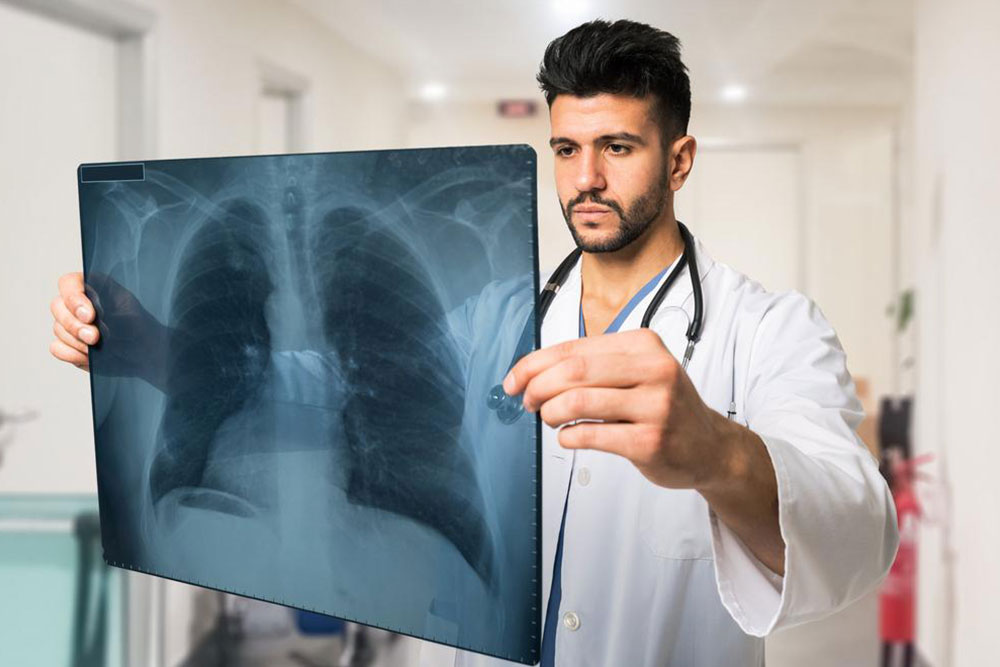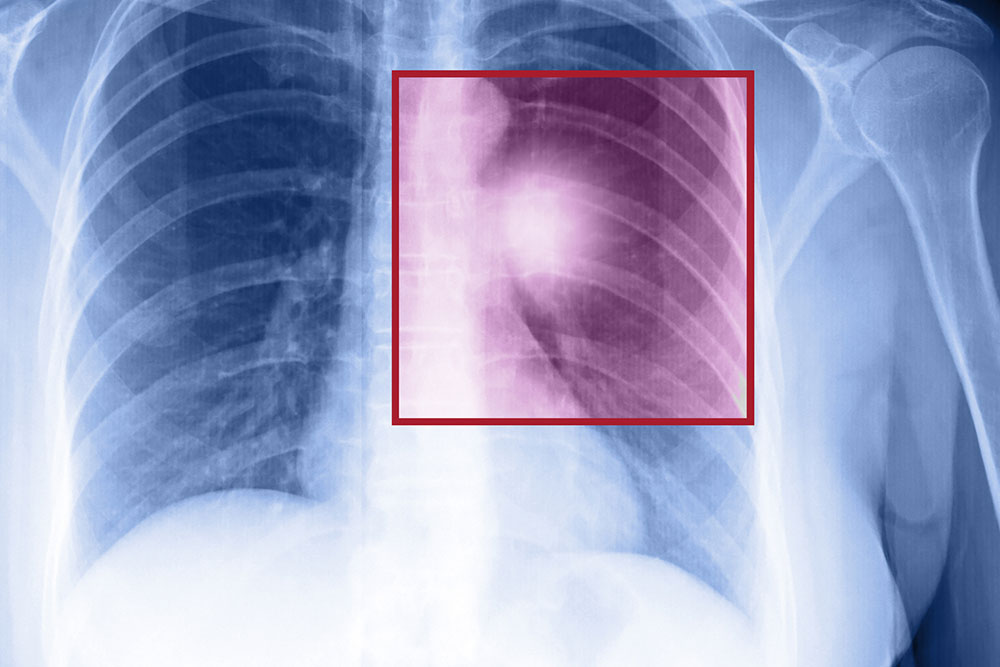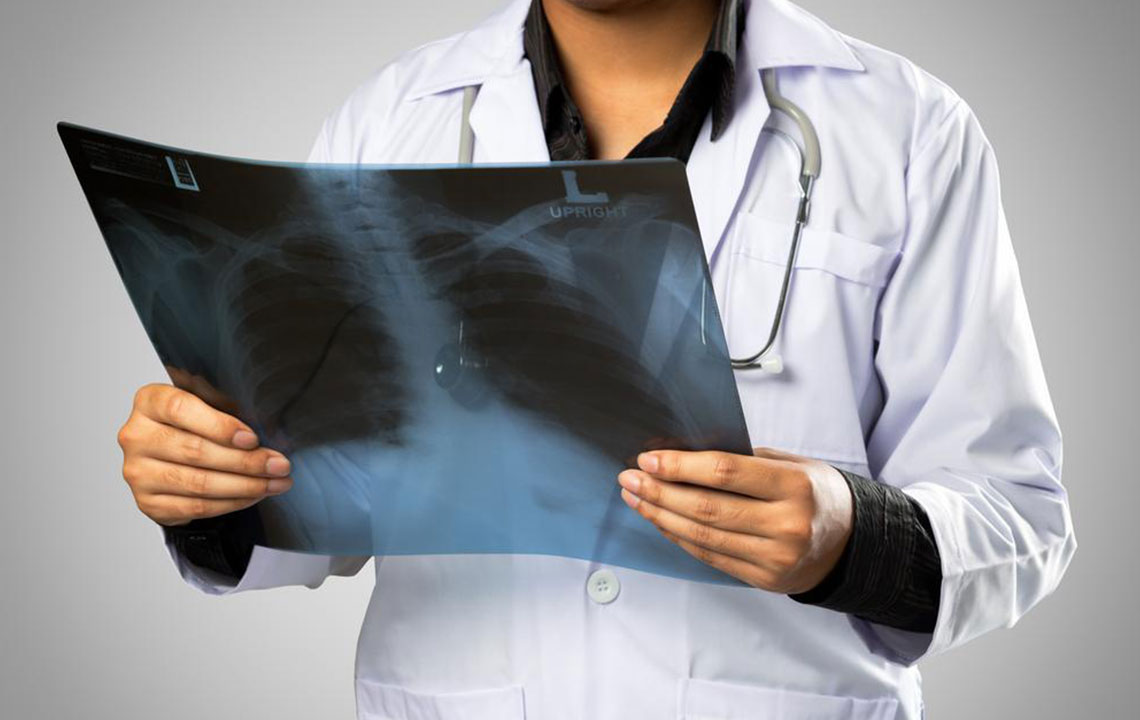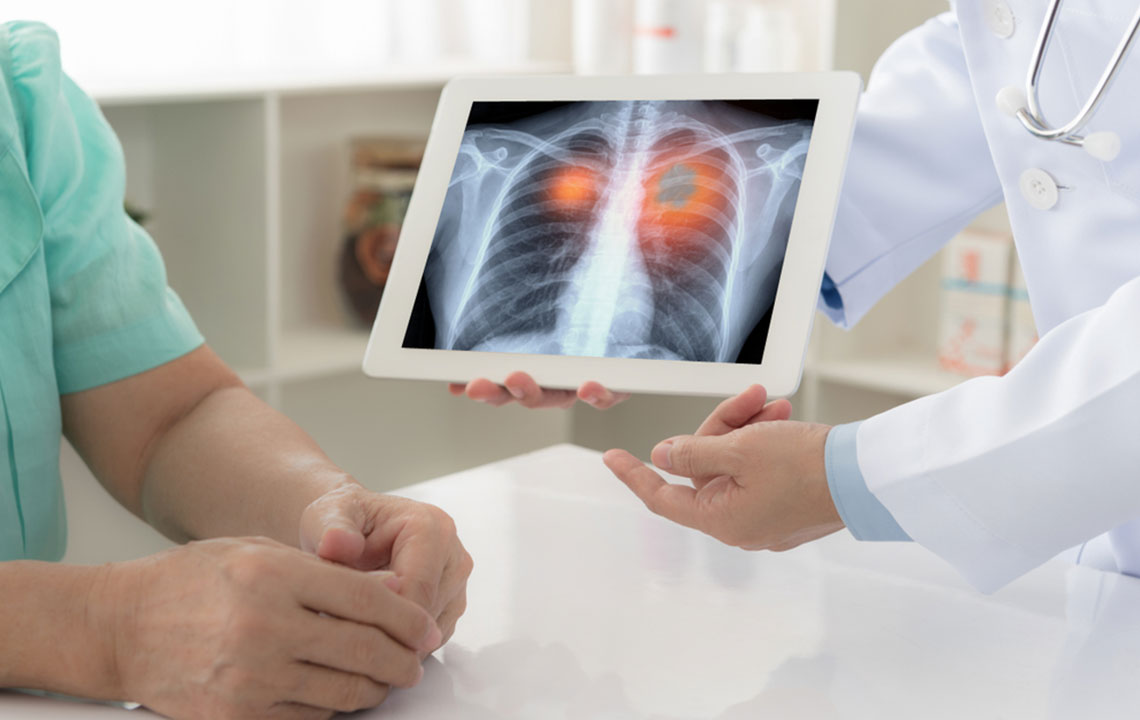Understanding Non-Small Cell Lung Cancer: Causes, Signs, and Management
This article offers a comprehensive overview of non-small cell lung cancer, highlighting its causes, symptoms, diagnostic methods, and treatment options. Understanding these aspects can aid early detection and improve management, especially among high-risk populations like smokers and exposed workers. The piece emphasizes the importance of prompt medical attention for persistent respiratory symptoms to enhance outcomes.
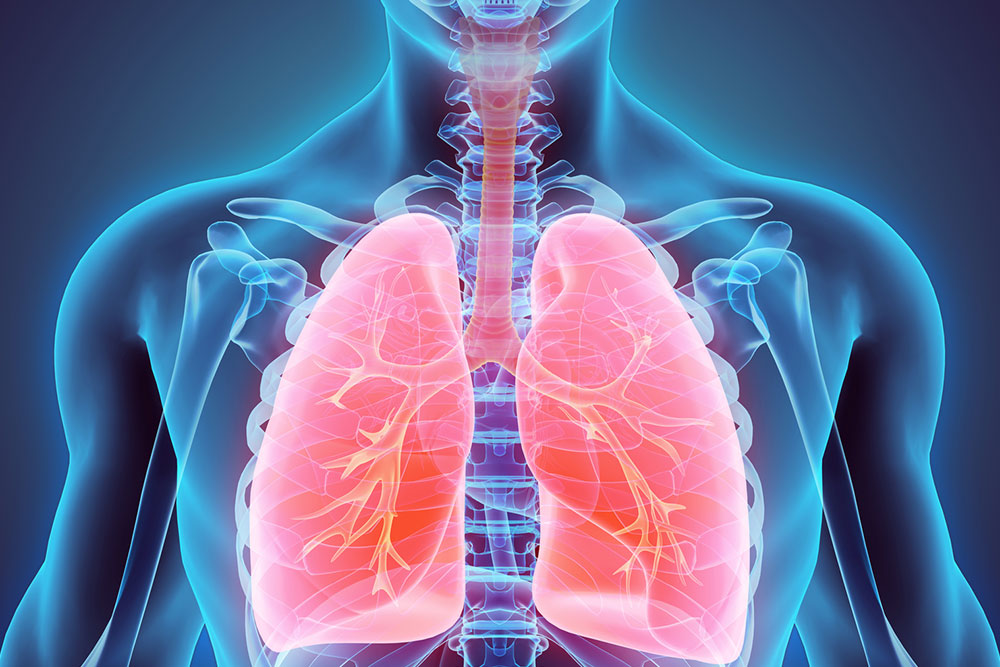
Understanding Non-Small Cell Lung Cancer: Causes, Signs, and Management
Non-small cell lung cancer (NSCLC) is the most common form of lung malignancy. It accounts for approximately 80-85% of lung cancer cases, with small cell lung cancer comprising the remaining 10-15%. NSCLC occurs when lung cells become abnormal and multiply uncontrollably, often spreading to other areas of the body. There are several subtypes, including adenocarcinoma, squamous cell carcinoma, large cell carcinoma, and sarcomatoid carcinoma. The prognosis depends on early detection and treatment.
Most cases of NSCLC are linked to smoking or exposure to harmful substances like radon, asbestos, air pollution, and industrial dust. This disease develops slowly, making early diagnosis challenging since symptoms are often subtle or confused with other respiratory issues.
Common symptoms include a persistent cough that worsens over time, chest pain that intensifies with coughing or deep breaths, voice changes such as hoarseness, and breathing difficulties like shortness of breath and wheezing. Additional signs include unexplained weight loss, fatigue, loss of appetite, and prolonged lung infections like pneumonia or bronchitis that do not respond to treatment. When metastasis occurs, symptoms like headaches, bone pain, jaundice, or limb numbness may appear.
Diagnosis involves physical exams, medical history, and imaging tests such as X-rays, CT scans, MRI, and PET scans to assess the spread. Sputum analysis and biopsies help confirm the presence of cancer. Treatment varies based on the stage but commonly includes surgery, radiation, chemotherapy, targeted therapy, and laser procedures to eliminate cancer cells and manage symptoms.
Early detection and vigilant attention to lung symptoms are vital since NSCLC symptoms often mimic less severe respiratory illnesses. Prompt medical evaluation can improve treatment outcomes.

